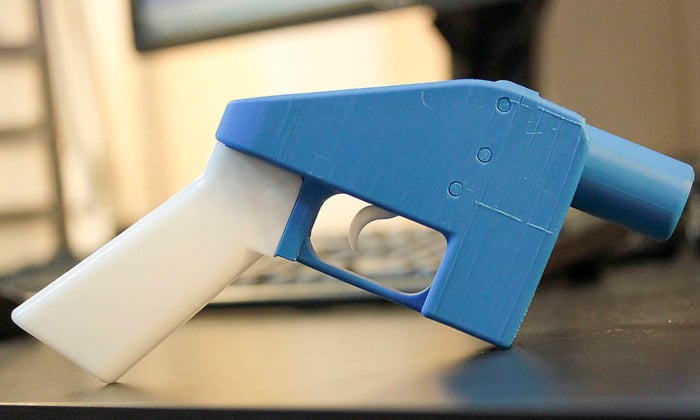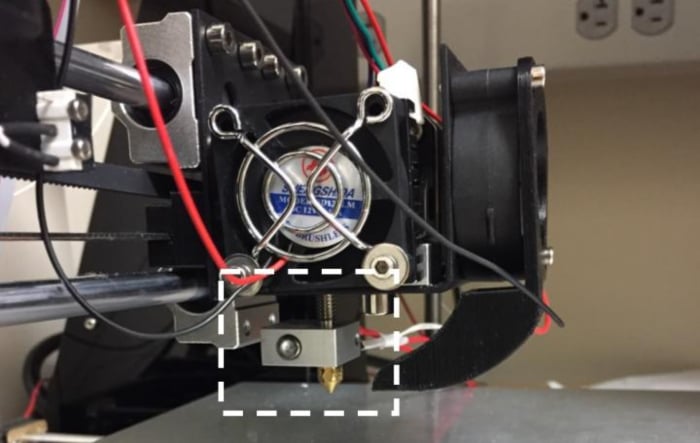3D Printer ‘FingerPrint’, ThermoTag, Can Trace Illegal 3D Printed Items

3D printing has encouraged rapid and significant development across several sectors. As a key component of industry 4.0, the technology has had an irreversible impact not only on how manufacturing is enacted but also on how it is conceptualized. Thanks to additive manufacturing, there have been considerable advancements in healthcare, spaceflight, sustainability, among others. But what happens when 3D printing technologies fall into the wrong hands? Equipped with just a 3D printer and a model for an item, anyone can print whatever they want. At current, there is little technology available to hold perpetrators of these crimes accountable. So what if we could trace a 3D printer, and thus its owner, with just a part? This is the question that Zhanpeng Jin, PhD, associate professor in the Department of Computer Science and Engineering at the University at Buffalo, and his team sought to solve with the ThermoTag.
Like industries, criminals are becoming more and more innovative in the way they use additive manufacturing. Just this week the Spanish police released photographs taken at the crime scene of a 3D printing weapons workshop. Some have used the technology to build indetectable guns, others to build bank card skimmers to attach to ATMs. There are also issues when it comes to plagiarism, or intellectual theft due to a lack of adequate protective measures over 3D models belonging to an individual. Jin then asks: “So, what would be the best way to protect our intellectual property from someone else printing the same design using their own printer?”. He continues, “We wanted to find something internal. What would be the inherent signatures printed by my own 3D printer instead of another 3D printer?”

Defense Distributed’s 3D printed gun, The Liberator. (Photo Credit: Vvzvlad/Wikimedia Commons)
In a paper entitled, “ThermoTag: A Hidden ID of 3D Printers for Fingerprinting and Watermarking”, published in the journal IEEE Transactions on Information Forensics and Security, the researchers explain how each extruder’s hot end has its own unique heating properties. This in turn translates into the way that the exact 3D model is constructed. Being specific to the extruder, these thermodynamic properties can be used to identify the specific model 3D printer responsible for the part. From this information, the owner of the printer can then be found.
Jin explains, “This ThermoTag will behave like the fingerprint of the 3D printer. When you print out a new product, you can use watermarking”. He also notes that watermarking can be used to invisibly embed information including the printer’s manufacturer, label and serial number of the product. “So that would make this watermark of this particular product unique”, he concludes. When testing this theory, the researchers were able to identify specific models of 3D printers with 92% accuracy. While indeed the technology has not yet been fully refined, it is certainly promising and a great step forwards for cementing legal accountability for illicit use of additive manufacturing.

University at Buffalo tech can identify machines by their unique ‘hot end,’ could aid intellectual property, security. (Photo Credit: University at Buffalo)
If you want to find out more information you can read the whole research paper HERE. What do you think about this ThermoTag for 3D printers ? Let us know in a comment below or on our Facebook, Twitter and LinkedIn pages! Sign up for our free weekly Newsletter here, the latest 3D printing news straight to your inbox!
*Cover photo credit Hackaday






